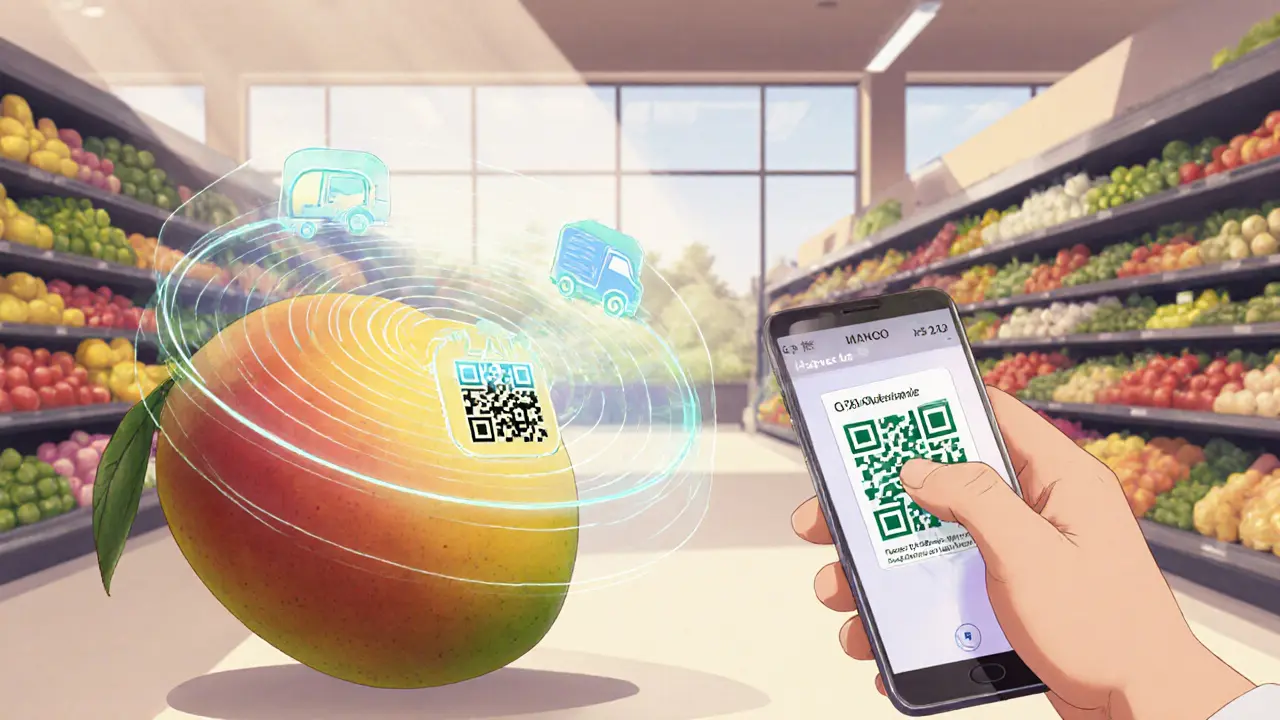Blockchain Food Traceability Explained
When talking about Blockchain Food Traceability, the use of distributed ledger technology to record each step a food product takes from farm to fork. Also known as food traceability on blockchain, it creates an immutable record that anyone can audit, making fraud harder and recalls faster. This approach enables supply chain transparency, requires trustworthy data inputs, and supports regulatory compliance—all without a single point of failure. By linking every transaction to a cryptographic hash, the system guarantees that once data is written, it cannot be altered without detection, which is the core advantage over traditional databases.
Why It Matters: Key Enablers and Benefits
Supply Chain Transparency, the clear, end‑to‑end visibility of product movement and handling becomes achievable when Smart Contracts, self‑executing code that runs on the blockchain automate verification steps. A smart contract can automatically release payment once a sensor records that a temperature threshold was maintained, eliminating manual checks. IoT sensors feed real‑time data—temperature, humidity, location—directly into the ledger, creating a live audit trail. QR codes on packaging let consumers scan and see the full history, turning transparency into a consumer‑level trust signal. Together, these pieces enable faster recall actions, reduce fraud, and enhance compliance with food safety regulations worldwide.
In practice, companies adopting blockchain food traceability report shorter audit cycles and lower insurance premiums because risk assessments become data‑driven. Regulators appreciate the ability to verify claims without on‑site inspections, and shoppers gain confidence by seeing exactly where their produce originated. The technology also opens new business models, such as token‑based incentives for farmers who meet sustainability standards. As the ecosystem matures, we’ll see more integration with existing ERP systems, broader adoption of standards like GS1, and cross‑border collaborations that make global food safety a shared responsibility. Below, you’ll find a curated list of articles that dive deeper into each of these aspects—from technical guides on building smart contracts to case studies of real‑world implementations—so you can explore the full potential of blockchain food traceability.
